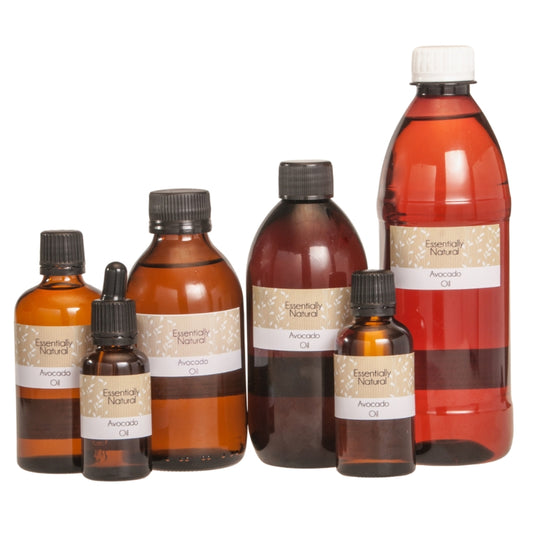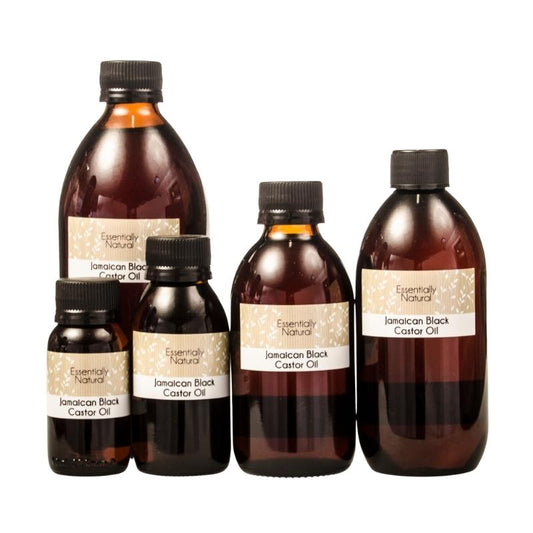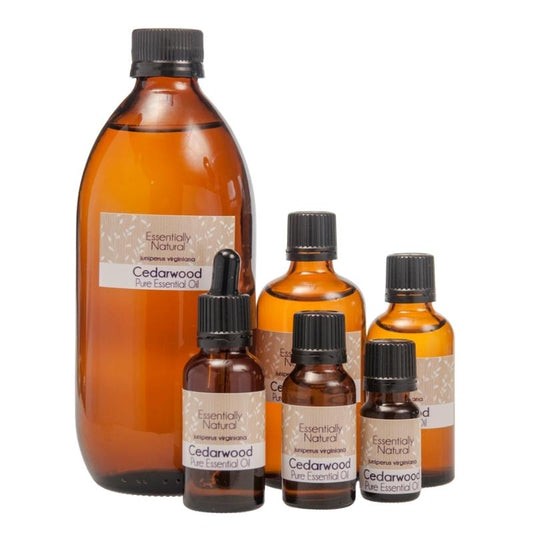
Heatless Curls: A Natural Hair Care Revolution
Cayla MandeanIf you're anything like me, you've probably spent years obsessing over your hair, trying every tool and product that promised a sleek, "perfectly smooth" finish. No flyaways, no frizz, just flawless texture. It was all about achieving that shiny, polished look. But after countless hours of heat styling, I started noticing my hair wasn't exactly thriving. And when I tried a chemical straightener, it was a huge wake-up call. Read more about it here.
That's when I realised it was time to embrace my natural texture and, for special occasions, explore heatless alternatives.
Now, if you're interested in natural hair care and going heatless, you've probably heard of the iconic heatless curls. From TikTok to YouTube, countless tutorials feature women experimenting with creative methods to achieve beautiful curls and waves overnight, without the damaging effects of heat styling.
Some people swear by sleeping with socks in their hair, while others use rollers or specialised curlers. (And if you're struggling to find a matching sock pair, this might be the perfect way to put those mismatched ones to good use!)
Whether you have straight hair and want to add some waves, or curly hair and want to stretch out your curls, achieving beautiful curls and smoother texture without heat is a total turning point for your hair's health.
But why should you try it?
Understanding Hair: The Science Behind the Strands
Hair is made of keratin, a protein that grows from hair follicles beneath the skin. The outer layer of each strand is called the cuticle, which consists of overlapping scales that protect the inner layers. When you use heat on your hair, especially excessive heat, these cuticles can become damaged. You can click here to read more about your hair's anatomy.
Heat-styling tools, such as flat irons, curling irons, and blow dryers, work by causing the cuticle scales to lift, allowing the heat to reach the cortex. This breaks the hydrogen bonds that maintain the hair's shape, making it more flexible for styling.
However, repeated heat usage can weaken these bonds and lead to permanent damage to the hair shaft. Over time, you may notice your hair becoming dry, brittle, and more prone to breakage.
And if you have curly hair, your curls may end up looking like overcooked spaghetti, with limp, frizzy strands instead of the bouncy, defined curls you want. Your hair becomes dull, lifeless, and more prone to split ends.
By going heatless, you avoid these risks and allow your hair to maintain its natural integrity. Heatless methods encourage the hair to retain its shape using alternative techniques, such as the application of certain products or gentle manipulation of rollers or curlers, all without causing any harm.
The Benefits of Heatless Hairstyling Methods
There are numerous advantages to styling your hair without heat. Here are a few key benefits:
- Reduced Hair Damage. As mentioned, heat can weaken and dry out hair, making it more susceptible to breakage. By opting for heatless styling methods, you avoid stripping your hair of its moisture and natural oils, helping it stay healthier.
- Improved Hair Health. When you skip heat, your cuticles are less likely to lift, which helps keep moisture locked inside each strand. This promotes shinier, smoother hair, and reduces frizz, especially in humid conditions.
- Preservation of Natural Texture. If you have naturally curly or wavy hair, going heatless helps you maintain your natural texture without trying to fight against it. Plus, using heatless methods allows you to experiment with different looks without permanently altering your natural curl pattern.
- Less Frequent Haircuts. The damage caused by regular heat styling can accelerate split ends, leading to more frequent trips to the hair salon. If you're cutting your own split ends at home, your scissors might start feeling like your best friend. With heatless methods, you can avoid unnecessary trims and maintain longer healthier hair. It is important to remember that while heatless methods can help reduce the frequency of trims, it's still essential to regularly cut off split ends for overall hair health.
- More Versatility and Creative Styling. Heatless styling opens up a wide range of methods to experiment with. You can try everything from braid waves to sock curls, each offering a unique result that keeps your hair routine exciting and fresh. Who wouldn't want to play with a fresh new look, especially at the beginning of the year!




















